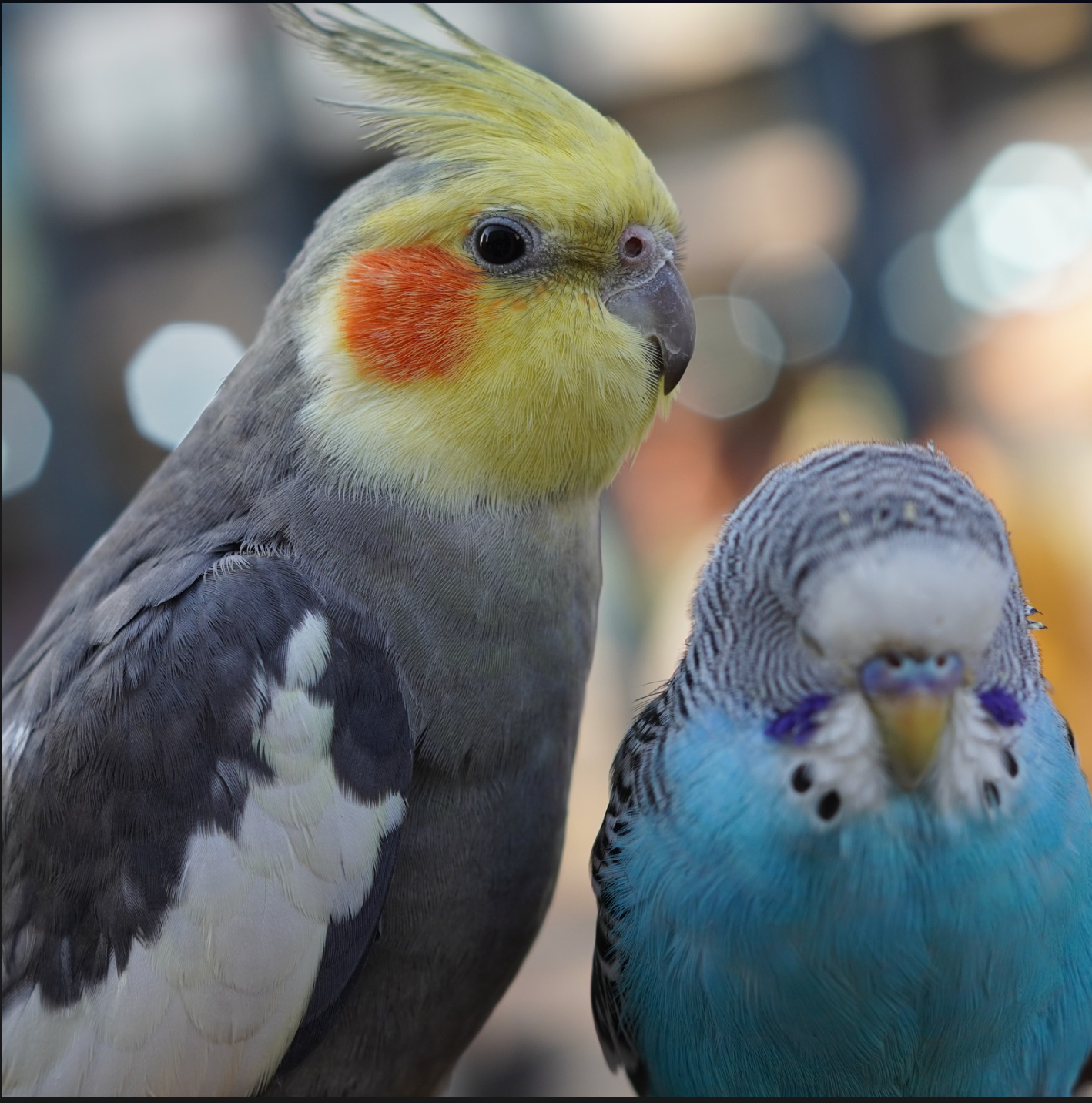HOW TO TRAVEL WITH BIRDS SAFELY

HOW TO TRAVEL WITH BIRDS SAFELY
SUMMARY
Ensure a smooth and stress-free travel experience for your pet bird with this comprehensive guide. Learn essential tips for short trips, long-distance travel, and flights to keep your bird comfortable, safe, and calm during the journey.
FEATURES
- Choosing the Right Travel Carrier: Find the best cage or carrier for your bird’s size and needs.
- Pre-Trip Preparation: Get your bird accustomed to travel conditions before the journey.
- Car Travel Safety: Secure your bird properly for road trips to prevent stress and injury.
- Air Travel Guidelines: Understand airline policies and regulations for flying with birds.
- Managing Temperature and Ventilation: Keep your bird comfortable in different climates.
- Feeding and Hydration on the Go: Ensure proper nutrition and water access during travel.
- Reducing Travel Stress: Use calming techniques to keep your bird relaxed.
- Emergency Preparedness: Plan for unexpected situations while traveling.
DESCRIPTION
Traveling with a pet bird requires careful planning to ensure safety, comfort, and minimal stress. Whether you’re taking a short trip to the vet or a long journey across the country, following proper travel guidelines will help keep your bird secure and at ease.
Choosing the right travel carrier is the first step in preparing for a successful trip. A well-ventilated, secure, and appropriately sized carrier is essential. The carrier should be large enough for your bird to move comfortably but small enough to prevent excessive movement during transit. For added security, using a soft towel or perch inside the carrier helps provide stability.
Before traveling, acclimating your bird to the carrier can reduce anxiety. Introduce the carrier gradually by placing treats inside and allowing your bird to explore it for short periods. Taking brief car rides beforehand helps birds adjust to motion and new surroundings.
Car travel requires proper safety measures to prevent injuries. Always secure the carrier with a seatbelt or place it on a flat, stable surface. Avoid exposing your bird to direct sunlight for extended periods, and maintain a comfortable temperature inside the vehicle. Keeping the volume low and minimizing sudden stops can also help reduce stress.
For air travel, it’s crucial to check airline policies ahead of time. Some airlines allow birds in the cabin, while others require them to travel as cargo. A secure, airline-approved carrier is necessary, and documentation, such as a health certificate, may be required. Ensure your bird has enough ventilation, and avoid flights with excessive layovers to minimize travel time.
Managing temperature and ventilation is key to keeping your bird comfortable. Birds are sensitive to extreme heat and cold, so plan travel times to avoid peak temperature fluctuations. In warm climates, never leave a bird unattended in a parked car, as temperatures can rise dangerously fast. In colder weather, using a travel cover or blanket (while allowing airflow) can provide warmth.
Feeding and hydration during travel should be planned carefully. Offer fresh food and water before departure, and if the trip is long, bring spill-proof water dispensers and easy-to-eat snacks like fresh fruit or seeds. Avoid feeding immediately before travel if your bird is prone to motion sickness.
Reducing travel stress is essential for a smooth journey. Covering the carrier partially can provide a sense of security, while soft background music or a familiar toy can help comfort your bird. Talking to your bird in a calm voice throughout the trip can also be reassuring.
Emergency preparedness ensures you are ready for any unexpected situations. Carry a travel first-aid kit, extra food, and contact information for avian veterinarians along your route. If traveling internationally, research quarantine regulations and veterinary requirements for your destination.
By following these travel tips—selecting the right carrier, preparing your bird in advance, managing environmental conditions, and ensuring proper hydration—you can make traveling with your bird a safe and enjoyable experience. Proper planning and patience will help ensure that your feathered friend stays calm and comfortable throughout the journey.
- sri palani

Comments 0